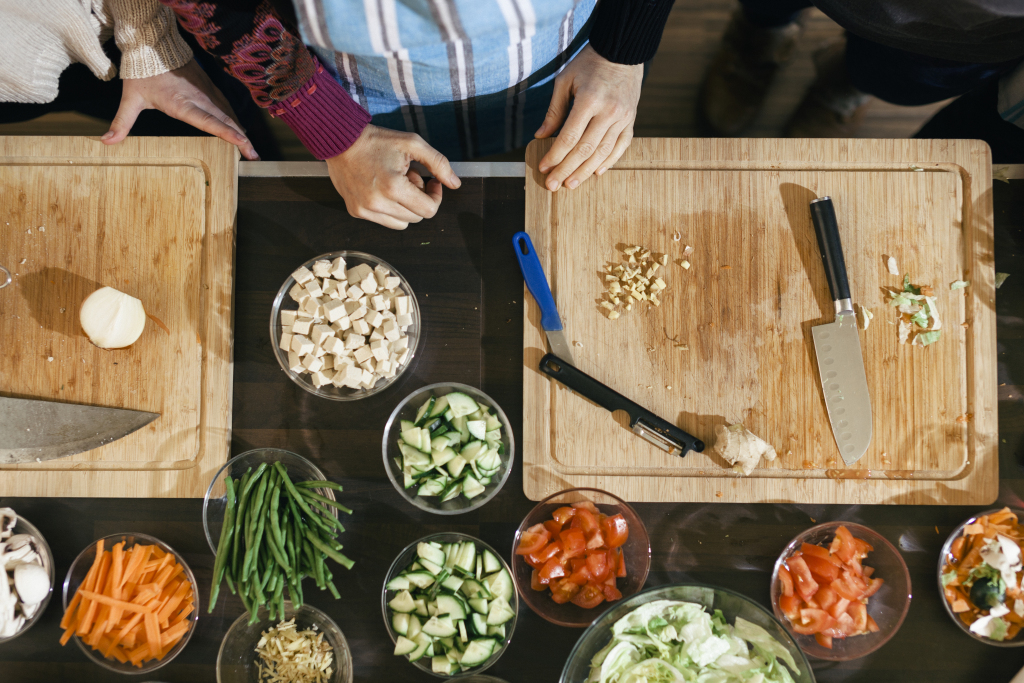In recent months, culinary trends have leaned heavily on ingredient-based adjectives—think garlicky, lemony, and leeky—sparking both fascination and ridicule. A viral tweet back in April poked fun at this trend, while a recent article by Eater dug deep into the history of these “-y” descriptors. Along with this comes a broader critique: why do certain food outlets, like NYT Cooking, latch onto specific ingredients, such as miso, and integrate them into every conceivable dish? While this practice can sometimes feel like culinary imperialism—appropriating ingredients familiar to many cultures—it also highlights an important aspect of individual cooking growth: ingredient obsession.

On a personal level, getting hooked on a new ingredient and experimenting with it in your kitchen is an excellent way to expand your culinary skill set. Every cook brings their own background to the table—whether it’s favoring grits as a side dish or adding cider vinegar to soups—and this shapes our preferences and go-to methods. However, falling into a cooking rut is inevitable. This is where embracing a fresh ingredient, one that’s outside your usual pantry staples, can reignite your culinary creativity.
When a recipe calls for a small amount of an unfamiliar ingredient, buying a large quantity may seem inconvenient, but it’s actually a golden opportunity. Instead of worrying about how to use it up, consider how its flavor profile could fit into your existing dishes. Is it salty, tangy, or spicy? Could it replace an ingredient you already use, like cream or lemon juice? This process of experimentation reveals where the ingredient shines, falls flat, or adds a surprising twist.
Over the years, I’ve done this with everything from miso to chana masala powder to sumac. Now, each ingredient has earned its spot in my cooking repertoire. While it’s easy to overdo it in the honeymoon phase with an ingredient—turning every dish into a miso or crème fraîche experiment—the journey is worth it. Even if you overindulge and need to take a break, the experience of mastering a new ingredient enriches your overall cooking style.
And if anyone has suggestions for what to do with a giant bag of cinchona bark powder (beyond tonic water), I’m all ears!